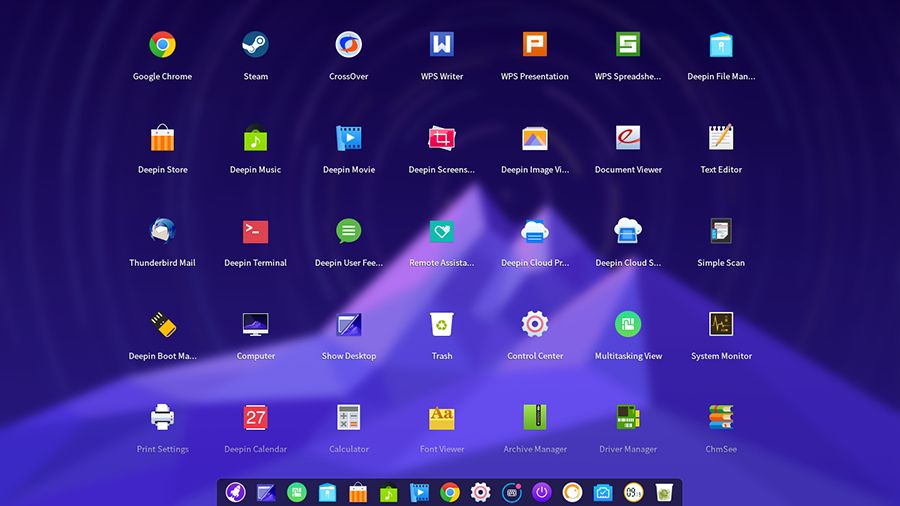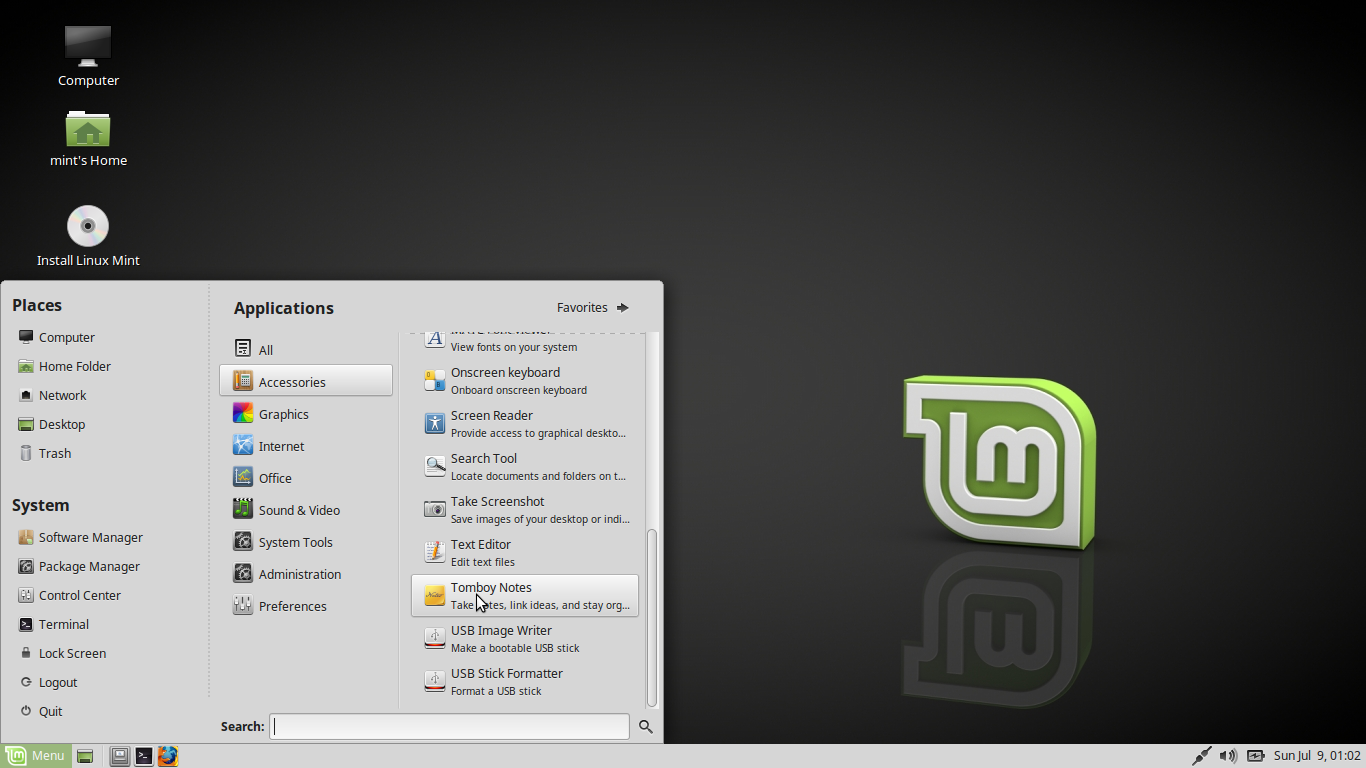

Despite all its options, it doesn’t have one to boot from the local hard disk. Like many Linux distribution’s, the installation image of OpenMandriva Lx 3.01, which weighs in at a massive 2 GB in size, can boot into a live desktop or be installed straight to disk without the need to make a pit stop at the live desktop. KDE Plasma 5.8.4, KDE Frameworks 5.29.0 and KDE Applications 16.08.3. Manjaro has always been one of my personal favourite distributions of GNU/Linux, it combines the speed and power of Arch Linux and its Pacman and AUR repositories, with the user friendliness and overall âout of the boxâ feel of Ubuntu and other well known new user friendly distros.LLVM/clang 3.8 as the default compiler, and finally has replaced GCC.Support for booting on machines with UEFI firmware.This article is a review of the distribution, my first since the OpenMandriva 2014.1 release, which was back on September 29 2014.Ī few notable features of this release includes: The latest edition of the desktop distribution – OpenMandriva Lx 3.01, was released on December 25 2016, so it was a nice Christmas present to OpenMandriva fans.

I would recommend it to anyone in a heartbeat.OpenMandriva is a Linux distribution whose roots and traditions date back to the Mandrake/Mandriva Linux era, what it has in common with with ROSA Linux and Mageia. All in all, a great operating system with a bright future. Ubuntu and Linux Mint users can quickly and easily find solutions to their problems with a few searches on Google, while Solus users will probably have to go to the developers themselves if they get stuck. The most users an operating system has the more community support and solutions offered. Solus is awesome, yet the only thing that lets it down is not the operating system or the developers’ faults: its installed base. It is fast and sleek, yet it still makes use of modern GNOME technologies. It is simple, yet can still be customized by power users. The best feature, for me at least, is definitely its Budgie desktop environment.
#Linux reviews 2017 software#
It is stable, very easy to use, and it seems to have a wide selection of the latest software available in its own repositories. Overall, Solus is a great operating system. Thankfully, the operating system is so stable and easy to use that you probably won’t need to get onto these support channels very often. Today, it is a fully-fledged, independent Linux distribution of its own, with its own desktop environment and repositories.

Development continued on this operating system, including on a new desktop environment, and it went through a couple of name changes, finally landing on just “Solus”. It was started in 2011, as “Solus OS” initially as a spin-off of Debian, featuring the GNOME 2 desktop. If you haven’t heard of Solus yet, allow me to bring you up to speed. There is a rising underdog, however, and it is awesome: Solus.
#Linux reviews 2017 how to#
You can read this tutorial on how to verify checksums in Linux.
#Linux reviews 2017 download#
So, after downloading the Kali image, you should check the SHA-256 fingerprint of the file and compare it with the one provided on the download page. The last thing you want is that the tools you use are compromised somehow. Linux Mint brings the stability of Ubuntu with a more familiar desktop for ex-Windows users, while Elementary OS gives a more simplified, streamlined desktop which may fare well with ex-Mac users. Kali Linux is intended to be used for security-related tasks. Between Ubuntu, Fedora, and OpenSUSE, you have a choice of well-supported distributions with lots of up-to-date software and commercial backing, as well as a choice of almost any desktop environment like GNOME, Unity, or KDE.


 0 kommentar(er)
0 kommentar(er)
